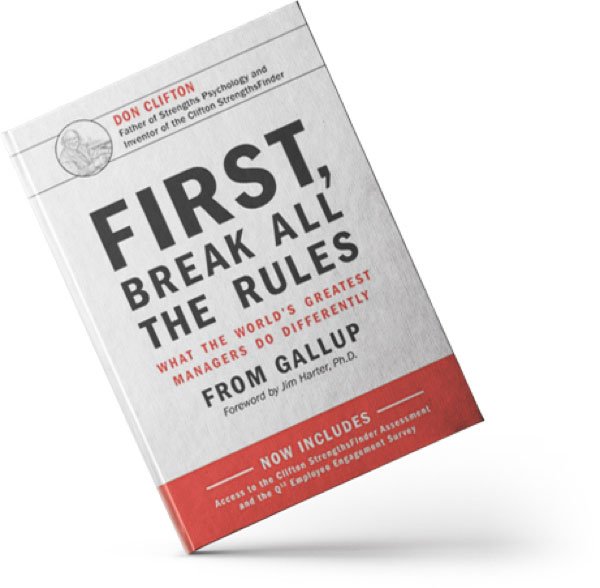In our recent webinar, hosted by Cat Kelly, Partner in our Audit team and Head of Retail, we broke down what’s changing, why it matters, and how businesses can prepare. Here’s a high-level overview of what we covered. And why now is the time to act.
From January 1, 2026, a major shift is coming to UK accounting standards. FRS 102, the cornerstone of financial reporting for UK and Irish businesses, is undergoing a significant transformation. These changes will impact how companies report revenue, leases, and more. Bringing UK GAAP closer in line with international standards like IFRS 15 and IFRS 16.
Here we take a look at the key points Cat, along with Tom Jennings, a senior tax manager at CP, covered during the webinar. They walked attendees through practical, worked examples to illustrate how the upcoming changes will affect businesses of different sizes and structures. The examples helped bring the technical changes to life, showing how even similar transactions can look very different under the revised standard.
Why FRS 102 CHANGES Matters
If your business reports under FRS 102, these changes will affect your financial statements, internal processes, and potentially even your tax position, bonus schemes, and investor communications. The new rules are more detailed, more prescriptive, and will require a fresh look at how you manage contracts, leases, and revenue recognition.
But here’s the good news: with the right preparation, you can turn this challenge into a competitive advantage.
what’s Changing under frs 102?
Revenue: A New Five-Step Model
Revenue recognition is getting a makeover. The new approach introduces a structured five-step model that replaces Section 23. It requires businesses to:
- Identify contracts
- Identify performance obligations
- Determine the transaction price
- Allocate the price to obligations
- Recognise revenue when/as obligations are satisfied
This model is more rules-based and may shift the timing of revenue recognition, especially for bundled services or contracts with variable pricing.
Leases: On the Balance Sheet
Under the current rules, many leases, especially operating leases, are kept off the balance sheet. That’s about to change. The new model requires nearly all leases to be recognised on the balance sheet, reflecting both the right to use an asset and the obligation to pay for it. Aligning with IFRS 16.
This change will:
- Increase reported assets and liabilities
- Affect key financial metrics like EBITDA, gearing, and interest cover
- Require new judgments about lease terms, discount rates, and asset values
Other Updates
There are also smaller changes around fair value measurements, tax, and business combinations. While these may not be as impactful, they still need to be addressed during your transition planning.
What Does frs 102 Mean for You
The changes are significant, but they don’t have to be overwhelming. The key is to start early and take a structured approach. Here’s what we recommend:
Conduct an Impact Assessment
Start by understanding how the changes will affect your business. This might involve reviewing a sample of leases or contracts and modelling the potential impact. This will help you decide on the best approach and identify any problem areas early.
Review Your Contracts
You’ll need to gather and review all relevant lease and revenue contracts. Are they complete? Are they legible? Do they contain the information you need? If not, now’s the time to fill in the gaps.
Choose Your Tools
Whether you use Excel, a lease management system, or a contract management tool, you’ll need a reliable way to track and calculate the new accounting entries. The right tool depends on your size, complexity, and existing systems.
Upskill Your Team
Finance teams will need training to understand and apply the new rules. But it’s not just finance – estates, tax, legal, HR, and investor relations may all be affected. Make sure everyone understands what’s changing and why.
Plan Your Transition
FRS 102 allows for a simplified transition approach, meaning you don’t need to restate prior year comparatives. But your first year under the new rules will look very different – so plan ahead for how you’ll explain those changes to stakeholders. Make sure you prepare ahead for your tax compliance cycle.
Common Pitfalls to Avoid
- Underestimating the time and effort required: This isn’t just a technical accounting change – it’s a business-wide project.
- Poor data quality: Many businesses find their lease data is incomplete or inconsistent. Start cleaning it up now.
- Overcomplicating the process: Unless you have a large number of leases or complex contracts, keep it simple. Focus on material items and practical solutions.
- Delaying stakeholder engagement: Talk to your auditors, advisers, and internal teams early. Surprises later on can be costly.
What Should You Be Doing Now?
Here’s a quick checklist to get started:
- Begin an impact assessment
- Review and gather lease and revenue contracts
- Decide on your accounting elections and tools
- Train your finance and operational teams
- Communicate with stakeholders
- Consider how the changes affect your KPIs, bonuses, and reporting
Questions from the attendees: What You Asked
One of the most valuable parts of the webinar was the Q&A session, where attendees submitted a wide range of practical and insightful questions. While we couldn’t cover every detail during the session, here’s a snapshot of the types of queries that came up – and the kind of support we can offer.
Tax and Transition Concerns
Attendees were keen to understand how the new lease accounting rules would affect tax treatment – particularly around amortisation, transitional adjustments, and capital allowances. Clarifications were provided on how spreading adjustments would work and when amortisation might be deductible for tax purposes.
Timing and Applicability
There were several questions about when the changes would apply based on different year ends. For example, businesses with a 31 August year end won’t need to adopt the new rules until September 2026, giving them a bit more time to prepare.
Lease Identification Challenges
Shared office spaces like WeWork prompted questions about whether such arrangements qualify as leases. The answer? It depends. If the space is clearly identifiable and not subject to substitution, it may qualify. But many shared spaces are considered licenses, not leases.
Group Structures and Intercompany Leases
Group scenarios were another hot topic. Questions included whether leases between subsidiaries are exempt (they’re not) and how to handle lease accounting in consolidated financial statements.
Data Gathering and Auditor Engagement
Several attendees asked about best practices for preparing for the transition. Such as identifying leases, gathering key data points, and engaging auditors early. These are all essential steps to ensure a smooth implementation.
Other Topics Raised
- Treatment of FX gains/losses on overseas leases
- Whether leased cars qualify as low-value assets (generally, they don’t)
- How to handle leases with break clauses or RPI-linked rent increases
- Early adoption considerations, especially for subsidiaries already reporting under IFRS
The session highlighted just how varied and nuanced the implications of the new standards can be. If you had a question that wasn’t answered, or if you’re now wondering how these changes apply to your business, our team is ready to help. Because the changes have wide-ranging implications we’ve put in place a ‘triage’ arrangement to help our clients. Simply email Emma Nicholl and she’ll make sure your query gets to the right person in CP, emma.nicholl@cooperparry.com
Final Thoughts
The 2026 changes to FRS 102 are the biggest shake-up in UK GAAP in years. But with the right preparation, they don’t have to be disruptive. In fact, they’re an opportunity to modernise your reporting, improve transparency, and strengthen your financial management.
If you’re unsure where to start – or just want a second opinion – we’re here to help. Whether it’s a quick consultation, a full impact assessment, or hands-on support with implementation, our team has the experience and tools to guide you through.
Need help navigating the FRS 102 changes?
Check out our FRED 82 Hub for more information or contact us today to speak with one of our experts. Let’s make sure your business is ready for 2026 and beyond.






















